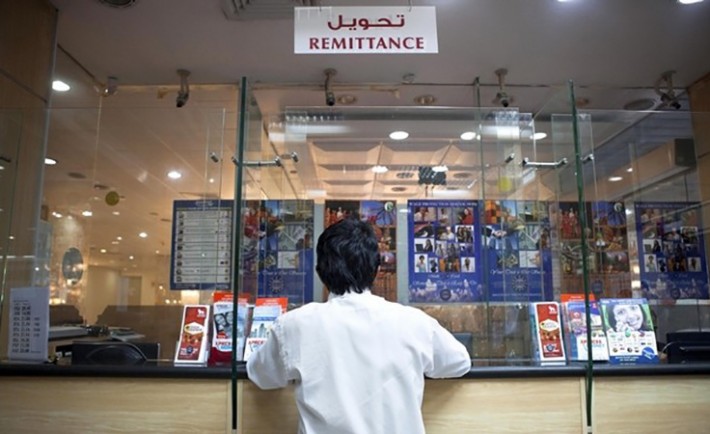Sending money back home or to your loved ones abroad from Saudi Arabia? This guide may help.
When it comes to foreign remittances there is no one size fits all concept. There’s a world of options today and each comes with its pros and cons. But not all are viable for the masses, so here we’ll be reviewing only the most used and feasible options available.
It’s virtually impossible to predict with cent percent certainty as to which way the foreign exchange rates will tilt. So, let’s just say that you have to remit your hard earned money now without much delay – which mode of transfer should you choose?
Follow the following tips and you can be assured that you are getting a decent deal on the present market rates.
1. Consider the total cost.
It is not only the exchange rate offered that you have to consider, but also the remittance fees that vary according to the medium. Some money transfer outlets have hidden fees that are covered in the “back-end charges/fee” umbrella, which you have to lookout for as well. But in most cases the most vital component is the exchange rate if time is not the factor.
2. Go For Money Exchanges.
There are over 50 licensed exchange houses in Saudi Arabia dealing with money transfers such as Al Amoudi Exchange, Halawani Exchange etc. While the prices they offer may be more competitive than banks, they must be used with care and often come with a smaller daily or monthly limit when compared with banks. The exchange rates offered by these exchange houses also differ amongst themselves, so you have to find one in your city that is offering better rates than the rest.
This method is ideal for cash to account services. A drawback, however, is that one has to visit the walk-in outlet to transfer the money; online options for this method in the Kingdom are still in the nascent stage.
3. Online bank transfers are expensive, so avoid.
Depending on the bank you choose, you will be charged around of 40 – 50 SAR as minimum to transfer online to countries in South or East Asia. This rule applies to transfer through phone banking as well. This method is good for larger transfers, as most money exchanges and express money transfer houses have a smaller daily or monthly limit.
4. Instead use dedicated remittance houses run by banks.
Almost all major commercial banks in Saudi Arabia have a separate remittance arm such as NCB has QuickPay, ANB has TeleMoney and Al Rajhi Bank has Tahweel Rajhi etc. They have relatively low transfer fees and provide decent exchange rates. A transfer to India would cost SAR 16 as remittance fee, as opposed to SAR 50 if you transfer online through your bank account. Moreover you don’t need to have an account with the bank to remit; you can even transfer cash to a bank account in the foreign country that you are remitting to.
Some of these remittance arms even operate a sub brand of transfer services that allows for quicker transfer – but these come with less favorable exchange rates.

5. Express money transfer houses are fast but not necessarily the best.
Western Union, MoneyGram and others like them are the quickest, but they tend to charge a transfer fees totaling almost 10 riyals higher to countries that receive the highest remittances from the Kingdom such as India, Pakistan and the Philippines when compared to the foreign remittance arms of banks. However, an advantage of this method is that they have a very wide network and can transfer cash immediately. Especially useful if not transferring to a bank account and require emergency cash.
6. Try to send bulk savings at once.
From banks to exchange houses, the transfer fees remain the same even if you send back 100 SAR or 10,000 SAR. Moreover, banks may offer favorable rates for larger transactions.
7. Do not outright reject PayPal
You will find that the overall value of amount transferred is decent especially if you are transferring from a PayPal account to another PayPal account. Plus, they are relatively fast. However, the exchange rate they offer is not the best and the option is not ideal for small transfers.

8. Take cash with you while going back home.
It is allowed to take up to 60,000 SAR cash or equivalent currencies or valuable metals, jewelry and precious stones with you while travelling. But you’ll also have to keep in mind the destination you are going to as chances are they won’t allow the same equivalent to be brought in to the country. You can then exchange the money locally.
Check the IATA website for more details on this method: Click here
9. Look for special deals.
Platinum/Affluent account members in some banks will have their remittance fee waived. One can become a platinum member in a few banks by depositing an average of 100,000 Saudi Riyals over a stipulated amount of time; this differs from bank to bank.
Also look out for some seasons such as Ramadan wherein remittance fees are waived off or are decreased if transferring to select banks in the destination country.
Let us know in the comments below on which method of foreign remittance you prefer.










